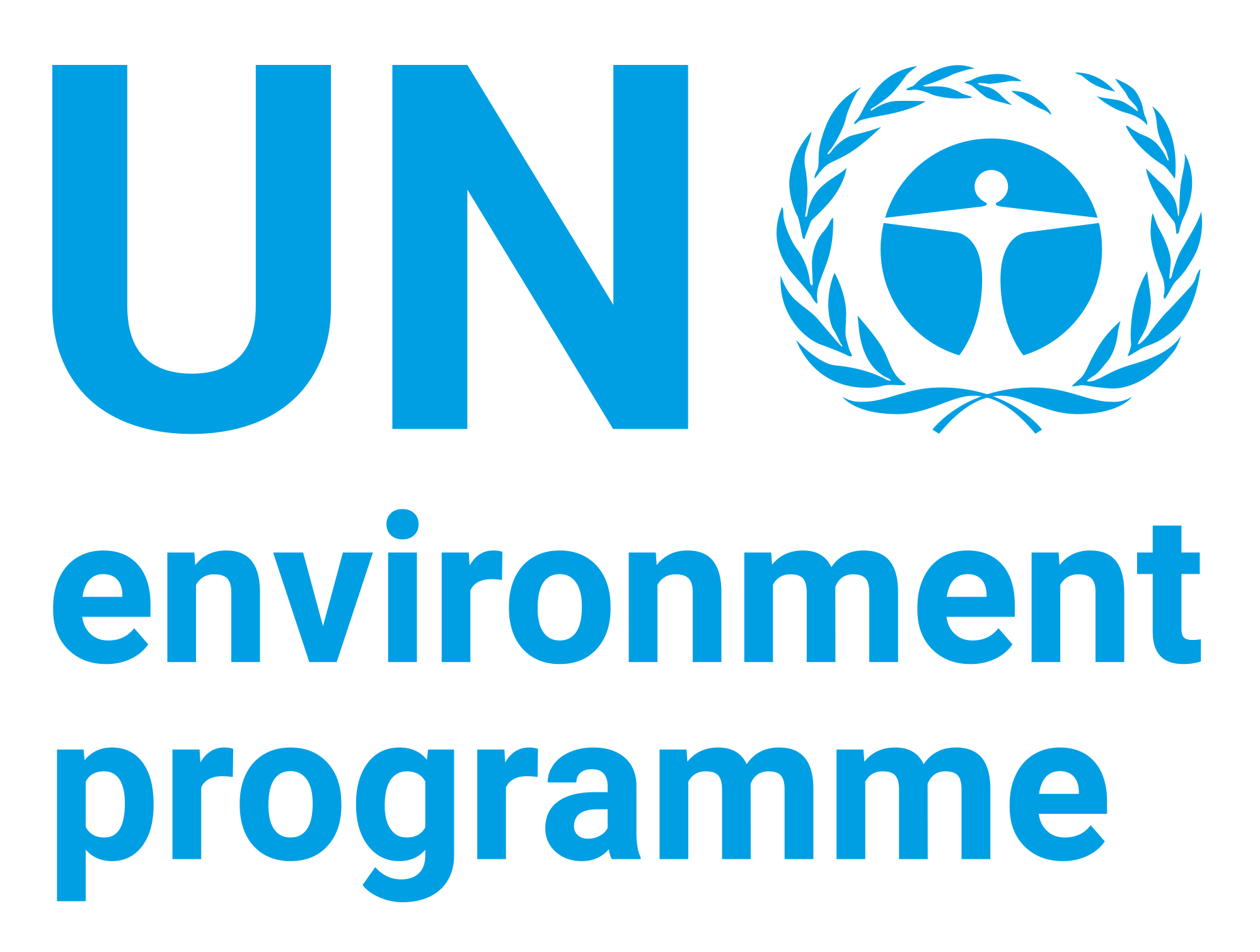Environmental Data Dialogues in Mexico: How Data Provision can Help Understand Better Environmental Sources of Financial Risk And Integrate them More Effectively into Mainstream Financial Decision-Making
| dc.contributor | Economy Division | en_US |
| dc.contributor | Inquiry | en_US |
| dc.contributor.author | United Nations Environment Programme | en_US |
| dc.coverage.spatial | Mexico | en_US |
| dc.date.accessioned | 2020-12-10T13:34:53Z | |
| dc.date.available | 2020-12-10T13:34:53Z | |
| dc.date.issued | 2018 | |
| dc.identifier.uri | https://wedocs.unep.org/20.500.11822/34494 | |
| dc.description | Managing risk is central to the effective functioning and stability of financial institutions. All capital is deployed based on expected ‘risk-adjusted’ returns. If environmental risk is being underestimated, capital can be over-allocated to higher risk activities. Therefore, improving environmental risk can support more efficient allocation of capital for long-term stability. Natural catastrophes can affect the efficiency and effectiveness of markets. Financial institutions are exposed to environmental risks in a diverse set of ways (e.g. physical, transition, credit risk, underwriting risk, business risk, operational risk, legal risk, liquidity). These environmental risks are likely to alter the supply and demand dynamic of many industries, leading not only to physical damages in assets in credit, investment or underwriting portfolios but also other financial downsides along the value chain. | en_US |
| dc.format | Text | en_US |
| dc.language | English | en_US |
| dc.relation.ispartof | UNEP Inquiry Reports | en_US |
| dc.relation.ispartof | UNEP Finance Initiative | en_US |
| dc.rights | Public | en_US |
| dc.subject | green economy | en_US |
| dc.subject | financial management | en_US |
| dc.subject | environmental economics | en_US |
| dc.subject | risk management | en_US |
| dc.subject | environmental financing | en_US |
| dc.title | Environmental Data Dialogues in Mexico: How Data Provision can Help Understand Better Environmental Sources of Financial Risk And Integrate them More Effectively into Mainstream Financial Decision-Making | en_US |
| dc.type | Reports, Books and Booklets | en_US |


